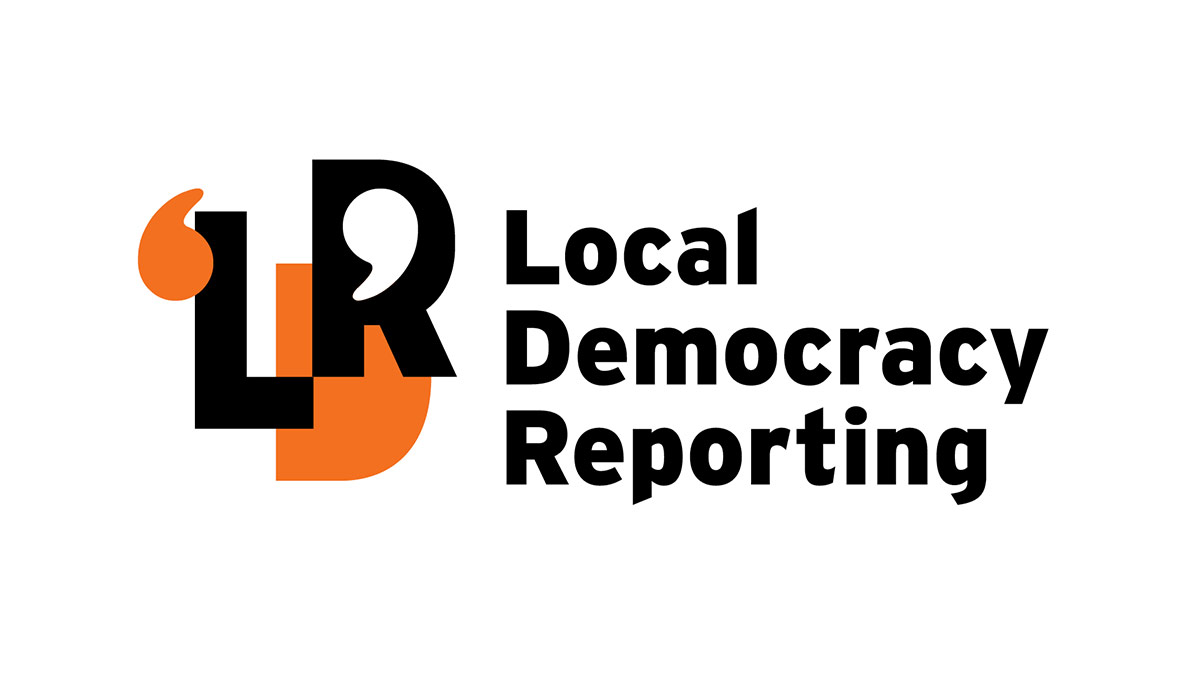Disappointment as Three Waters change still splits Marlborough’s water in two


Marlborough mayor Nadine Taylor says the proposed changes do not solve any “key issues”. SUPPLIED: STUFF
Marlborough water assets remain split between two water entities after changes to Three Waters, to the mayor’s disappointment.
The “major shake-up” announced by Local Government Minister Kieran McAnulty on Thursday features 10 new public water entities instead of four in a bid to improve regional representation.
The new boundaries put Marlborough, Nelson and Tasman in a top of the south entity, however South Marlborough has remained lumped in with a Canterbury and West Coast entity, in line with Ngāi Tahu’s takiwā.
Marlborough mayor Nadine Taylor said she was disappointed the Government had not taken the opportunity to review the boundaries, which meant South Marlborough water assets would still be managed separately from the rest of Marlborough.
“We have consistently said the boundary of the water entities should reflect council boundaries,” Taylor said.
“Marlborough ratepayers have invested heavily in our water infrastructure, particularly in recent years, and our communities feel a very strong sense of ownership of those assets.”
She said Marlborough's voice would be “greater” with a three-council top of the south entity than it would have been under the previous structure.
“However this latest proposal is not set in stone,” Taylor said.
“The Three Waters reforms will be a political football in the run-up to the elections in October. Which means the uncertainty will continue for a while yet, unfortunately.
“Ironically the government has labelled the new project ‘the Affordable Water Reforms’ but it’s likely that the cost of running 10 smaller entities spread across smaller population bases will be higher than the four mega entities.
“Perhaps that is the price we will have to pay for a greater level of local control.”
Taylor said she intended to discuss the latest proposal with the rest of the council, Nelson mayor Nick Smith and Tasman mayor Tim King.
McAnulty said in a statement that by extending the number of entities, each council in the country would have a say through the regional groups that provide oversight and direction to their entities.
Council representatives, mana whenua representatives, and catchment interest groups such as irrigators would sit together on the high-level group that set priorities, and appointed professional board members to oversee the entity’s executives.
The reforms were “absolutely essential” and if the management of water assets were left as is, it would lead to “unaffordable rate bills”, McAnulty said.
“It would be setting councils up to fail, and I can’t in good conscience do that,” he said.
“The cost of meeting the upgrades needed for our water systems is projected to be up to $185 billion over the next 30 years.
“Local councils cannot afford this on their own, and households in some areas could see rates rise up to $9,730 per year by 2054 if we do nothing.”
At a press conference on Thursday, McAnulty clarified water infrastructure would be funded by borrowing.
“The only way to make this work financially for ratepayers and local communities is to have a separate entity that's still owned by the council but is run independently by an independent governing body,” he said.
"That's the only way that credit agencies will allow them to borrow to the extent that they needed."
Marlborough was a member of the Communities 4 Local Democracy, which had been a strong opponent of the Three Waters proposal.
In a statement the group’s co-chairs, Manawatū mayor Helen Worboys and Waimakariri Mayor Dan Gordon said the Government refused to make meaningful changes to its water reforms, which was disappointing for mayors.
“Simply adding more entities and changing the name is a desperate attempt to save this plan and attempt to show they’ve done something with the $100 million they’ve sunk into this process so far,” the statement said.
“We think New Zealanders will see through this, it’s the same plan with a different name.”
Public Interest Journalism funded through NZ on Air.
